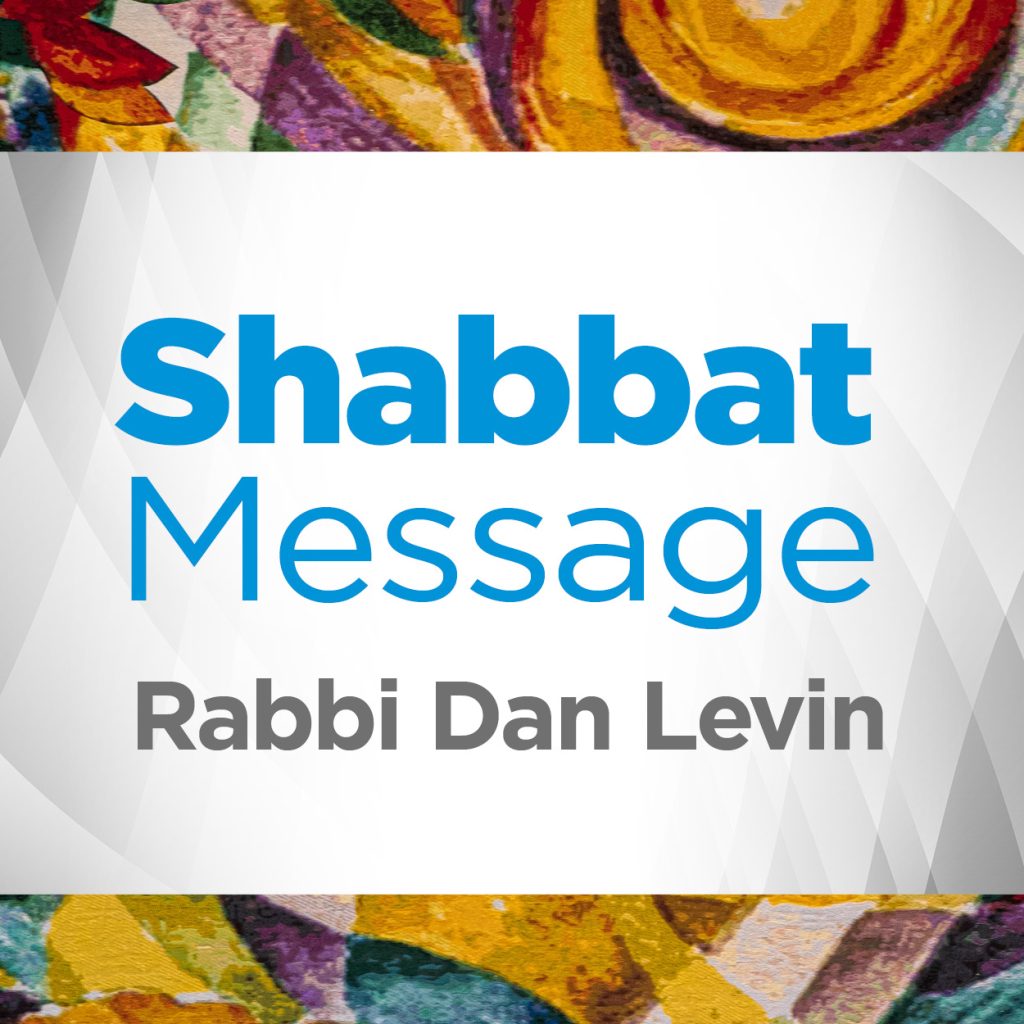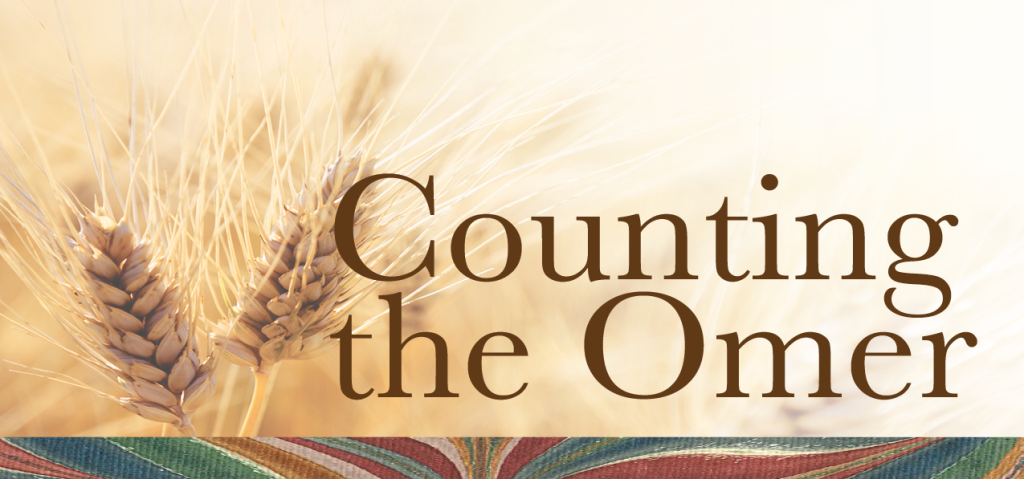Last Shabbat, I shared an incredible weekend with members of our confirmation class. The students began the retreat by covering each other’s faces with wet strips of plaster, creating plaster masks of their faces.
After the masks were formed, the students painted the outside of their masks to represent how they expressed their outer selves, and then painted the inside to represent their inner reality.
One student painted the outer mask a beautiful lavender color, which she said represented royalty. She said it represented how she felt a responsibility to always be perfect on the outside. She also painted her mouth wired shut, because she often couldn’t say what she really felt.
Another student painted a wide happy grin on the outside, representing the pressure he felt to be always goofy and happy. But on the inside he painted tears, because he said he couldn’t share the anguish and sadness he often felt.
Later we talked about times and places where they felt they could be their real authentic selves, when they felt like the outside matched the inside. One student talked about a best friend who lives out of state with whom she could truly open up and just be herself. Another mentioned sitting with friends on the porch at summer camp.
It pains me that our children bear so much pressure to be something different on the outside than they truly feel on the inside. And too often, that is true for all of us.
In this week’s Torah portion, we meet a Pharaoh “who did not know Joseph.” He sees the Israelites as strangers, as a threat. He refuses to see that whatever their differences on the outside, they share a common humanity on the inside.
On the other hand, when Pharaoh’s daughter finds Moses floating in the basket, she looks past the outer meaningless distinctions that consume her father. Instead, she sees only a vulnerable human being, worthy and deserving of love. The Talmud teaches: “She saw the Divine Presence with him.” (Sotah 12b).
This weekend, we commemorate the birth and the life of Rev. Dr. Martin Luther King, Jr. In a nation obsessed with racial difference, the most surface and arbitrary of human distinctions, the legacy of Dr. King continues to call our conscience to look past outer difference to liberate the inner self.
In her monumental work Caste, Isabel Wilkerson tells the story of a Nigerian-born playwright whom she met in London. “You know,” the playwright said, “that there are no black people in Africa.”
“Most Americans,” Wilkerson writes, “weaned on the myth of drawable lines between human beings, have to sit with that statement… Of course, there are black people in Africa. There is a whole continent of black people in Africa. How could anyone not see that?”
But the playwright explained: “Africans are not black. … They are Igbo and Yoruba, Ewe, Akan, Ndebele. They are not black. They are just themselves. They are humans on the land. That is how they seem themselves, and that is who they are.”
The story of our tradition is one of liberation – a journey from enslavement to idolatry to freedom to worship the God who has no outer form.
The Egyptians worshipped idols, gods that have outer form and shape but no inner substance.
But our tradition teaches that it is the inner substance that matters, that it is evil to ignore a person’s inner humanity, that it is a sin to worship only what you can see.
Martin Luther King famously declared on the steps of the Lincoln Memorial: “I have a dream that my four little children will one day live in a nation where they will not be judged by the color of their skin but by the content of their character.”
This Shabbat, let us pledge to build a society where none of us feel compelled to put on masks that hide our inner selves, and instead choose to embrace the example of Pharaoh’s daughter and Moses, to look into the eyes of each other and see there reflected the image of God.

Join us for tonight’s Shabbat service at the Schaefer Family Campus, or watch online on our website, Facebook, or YouTube.








